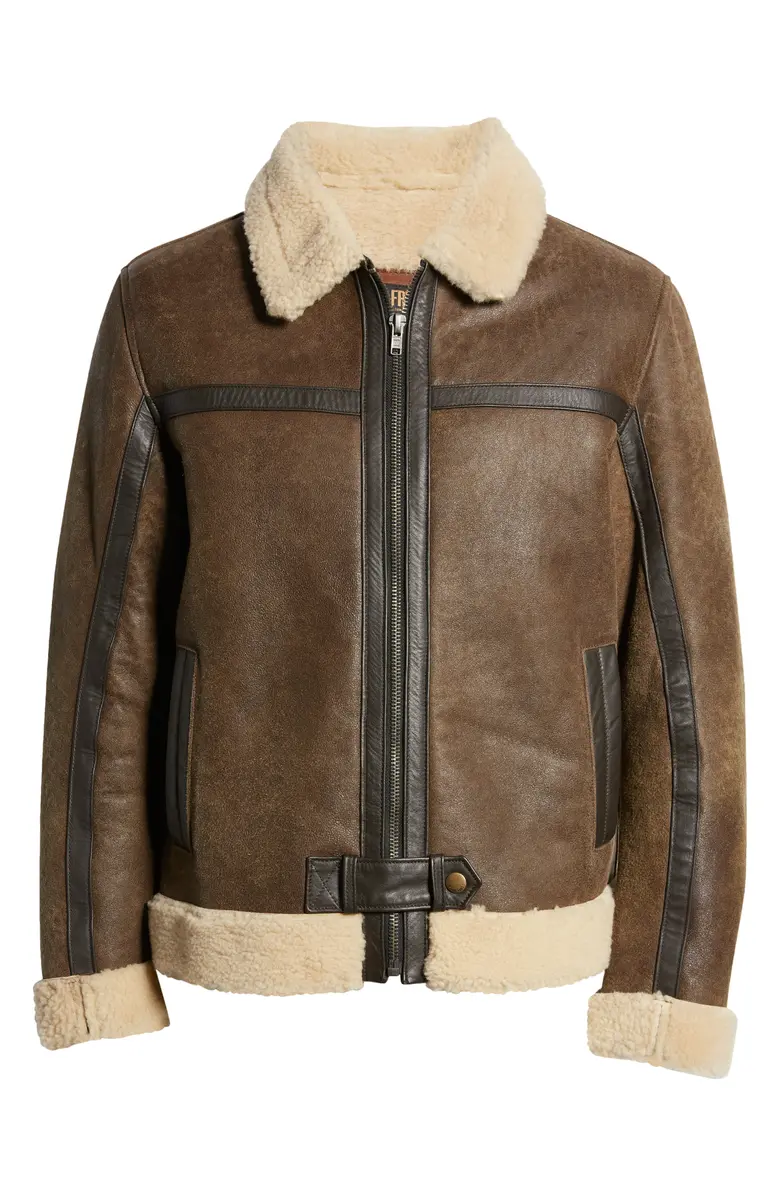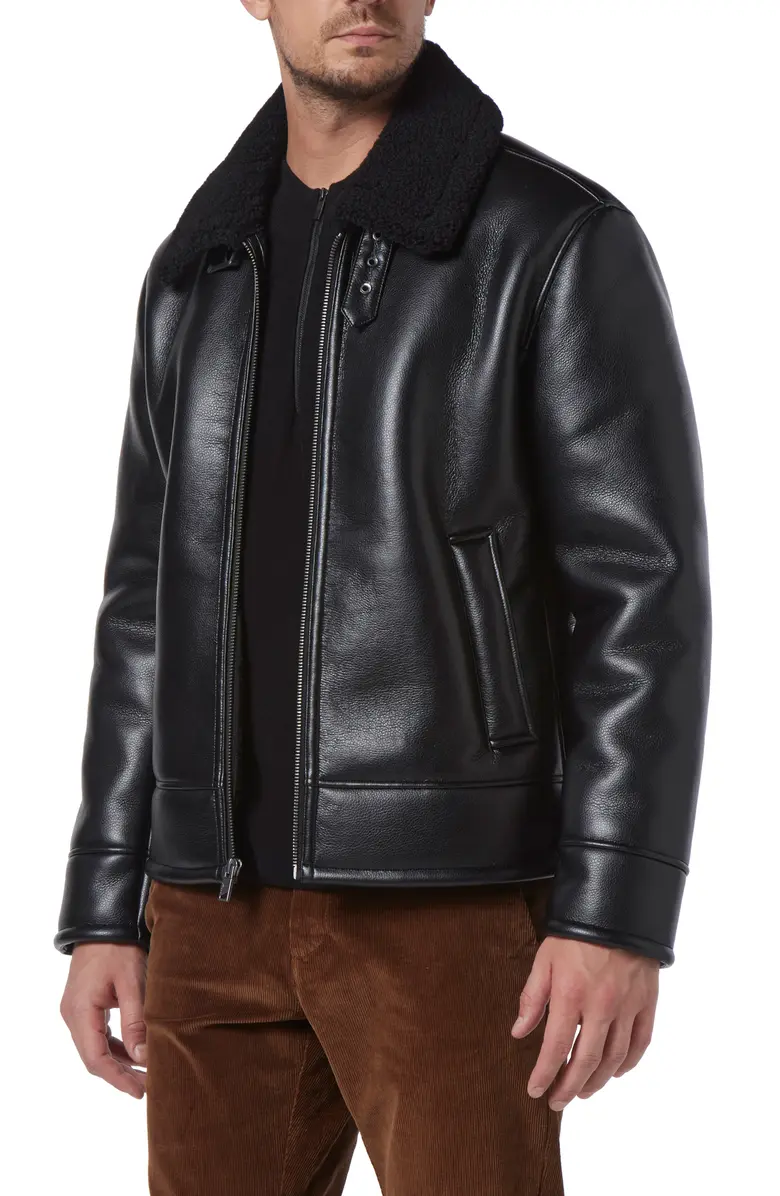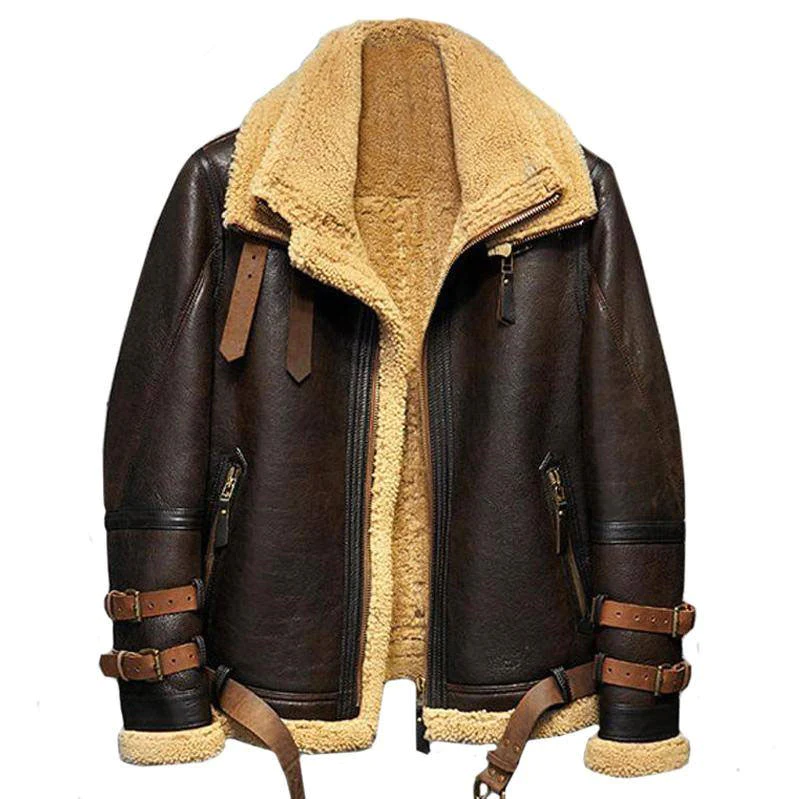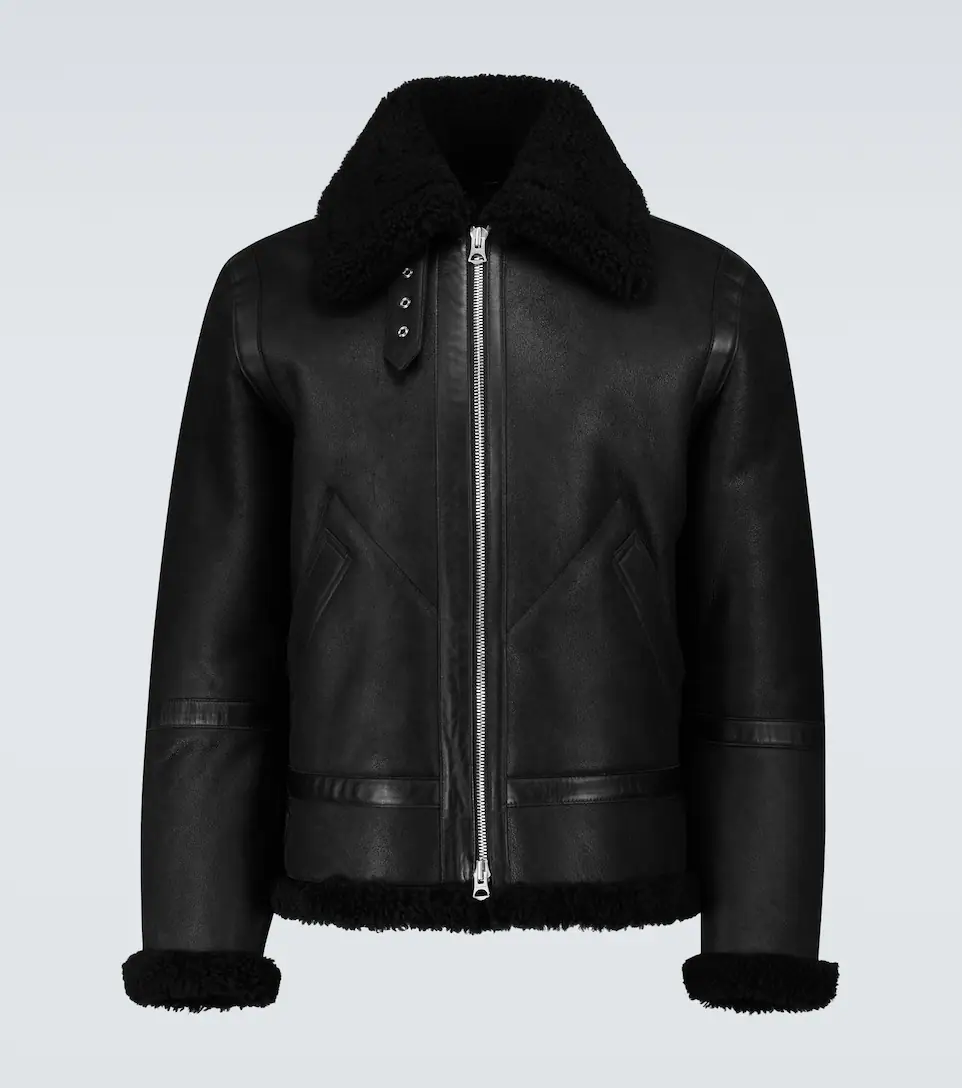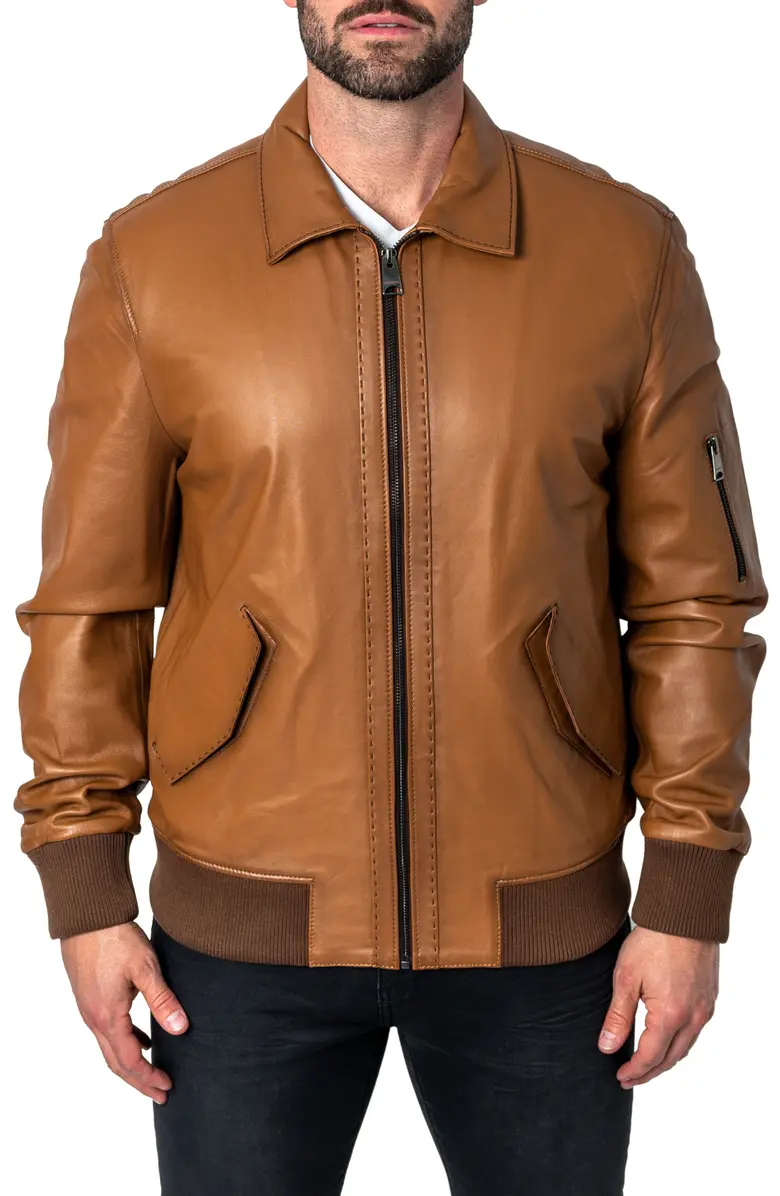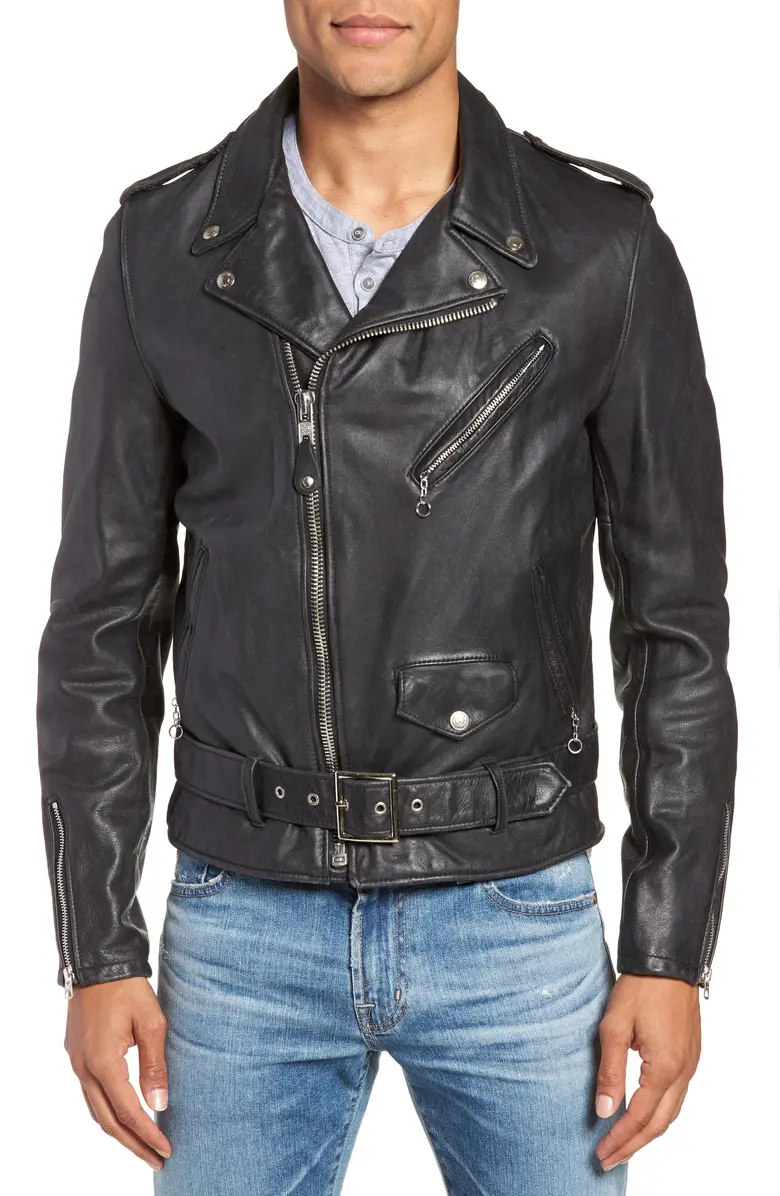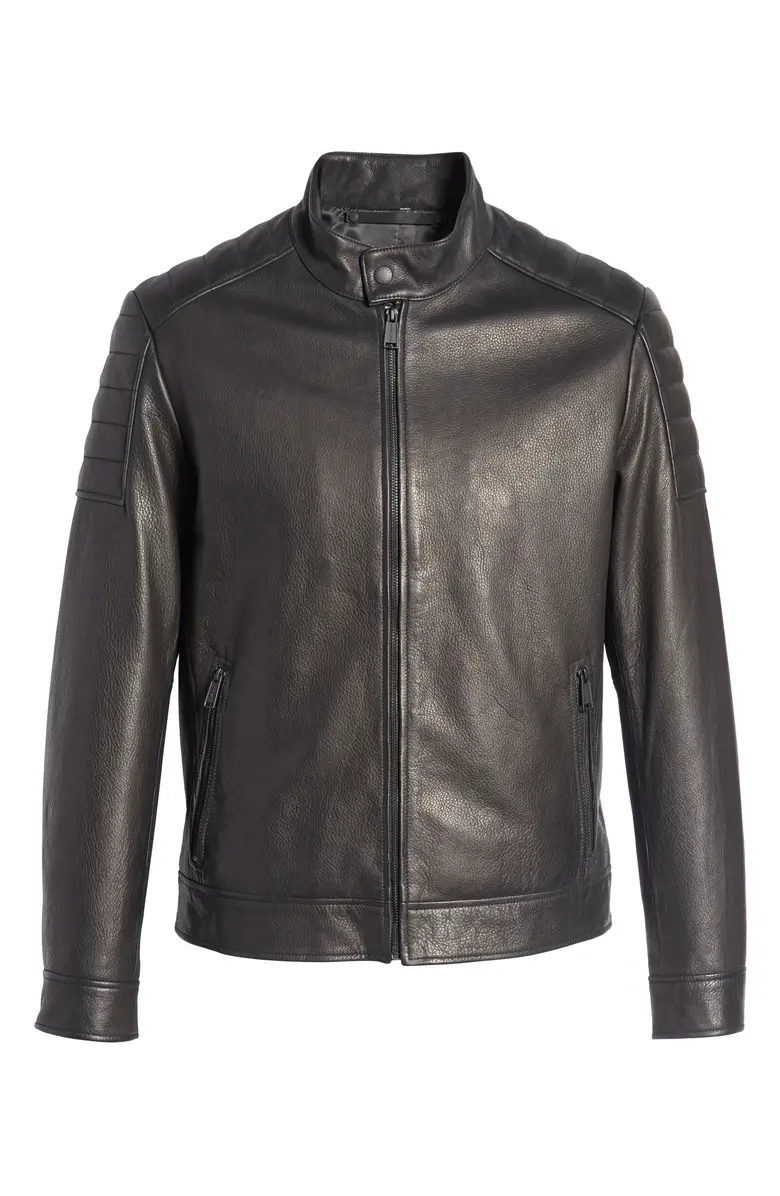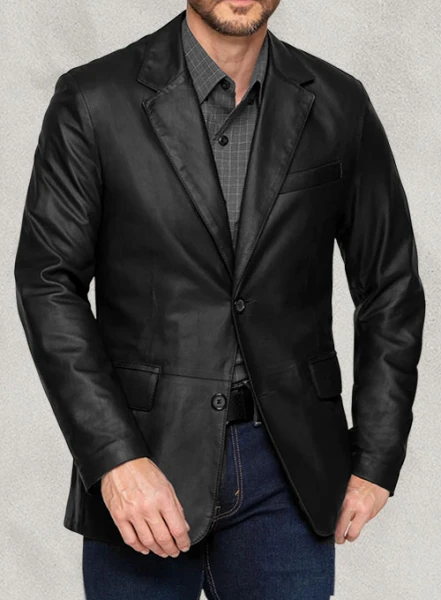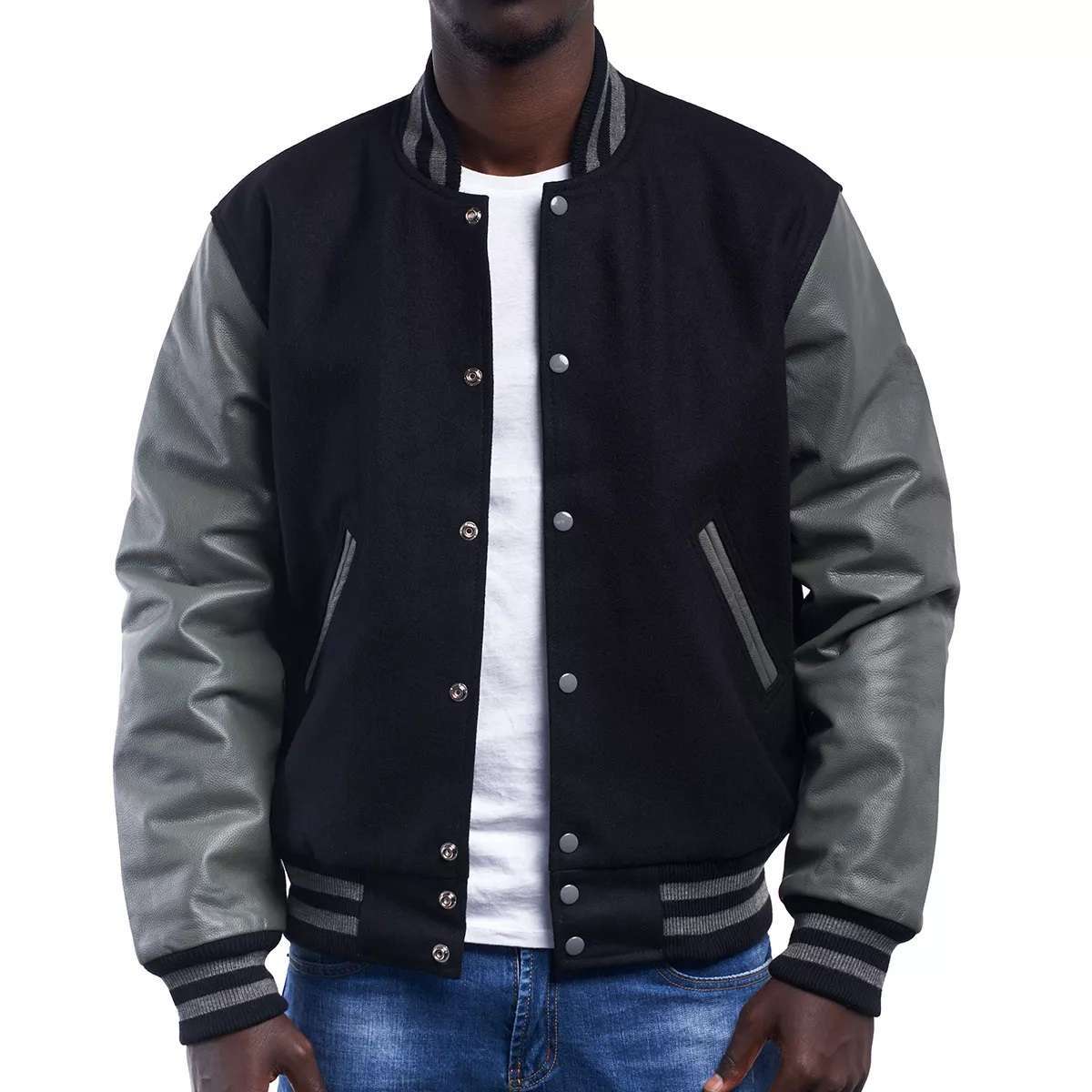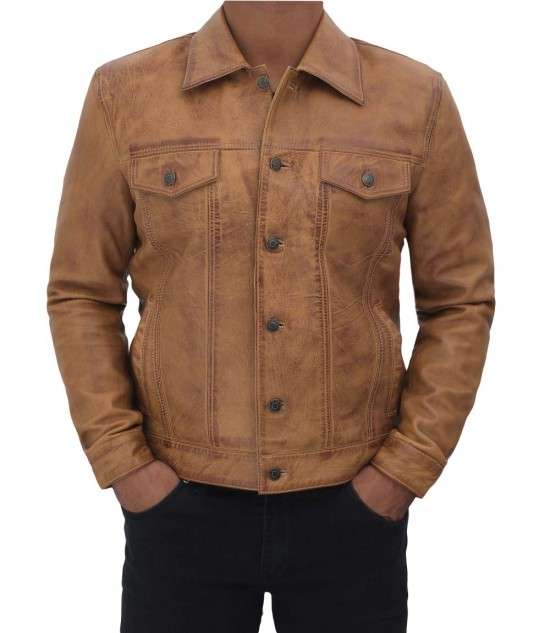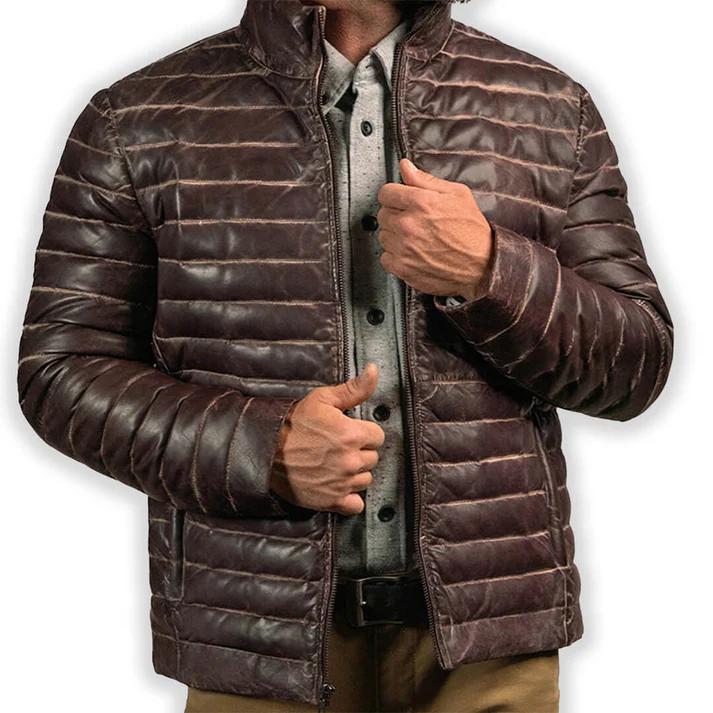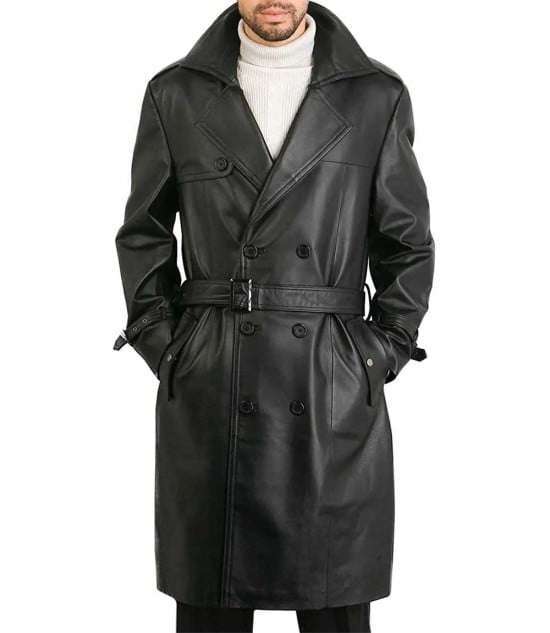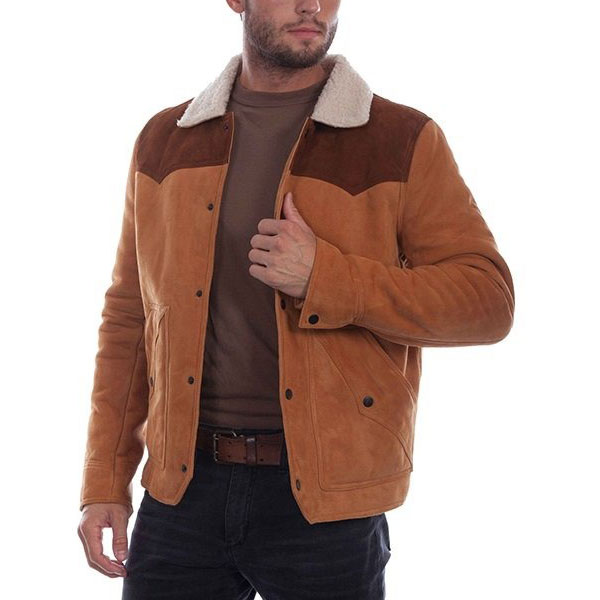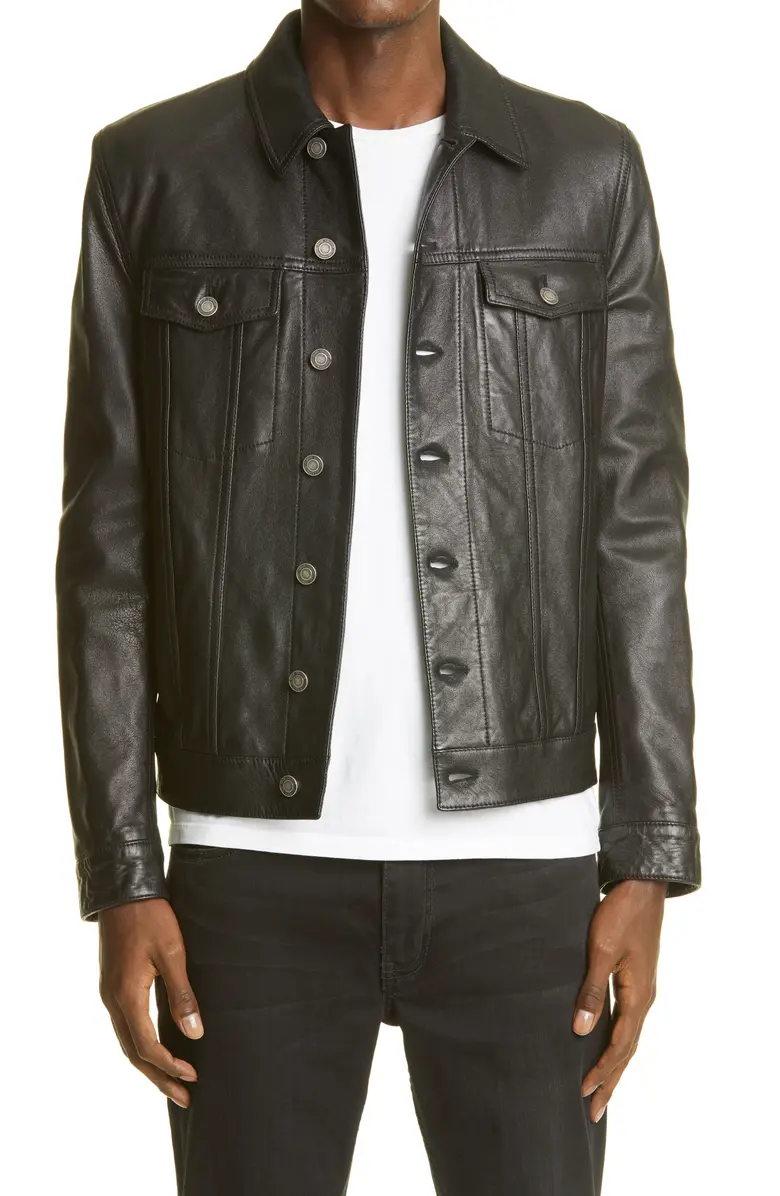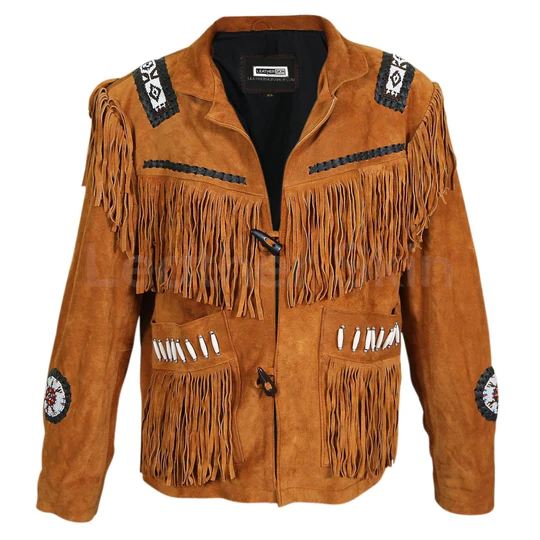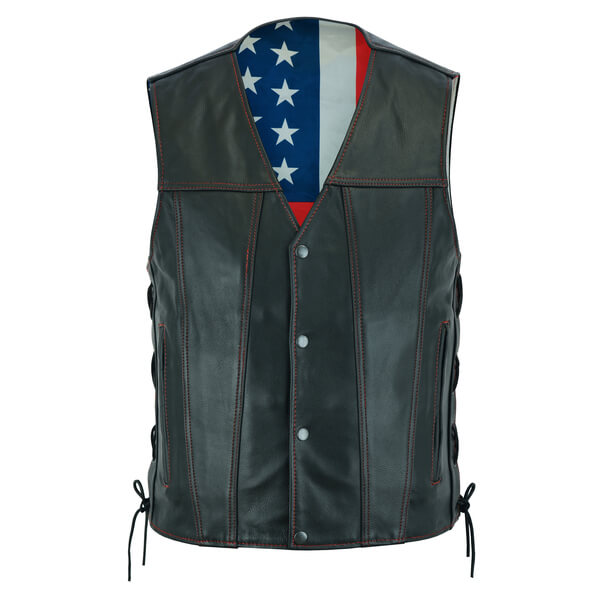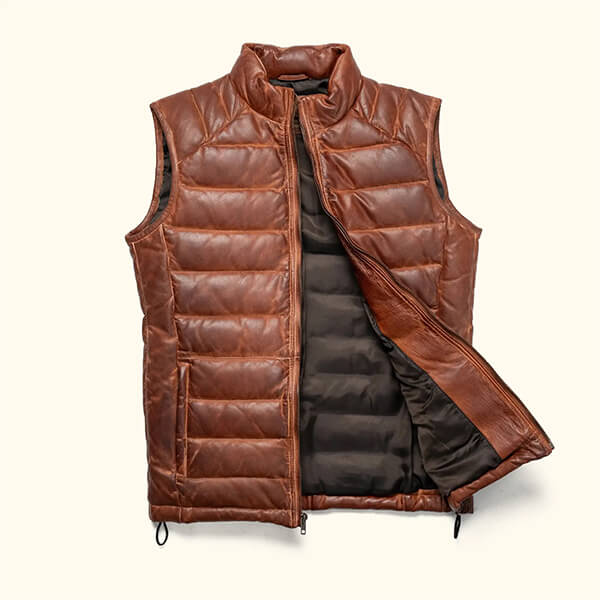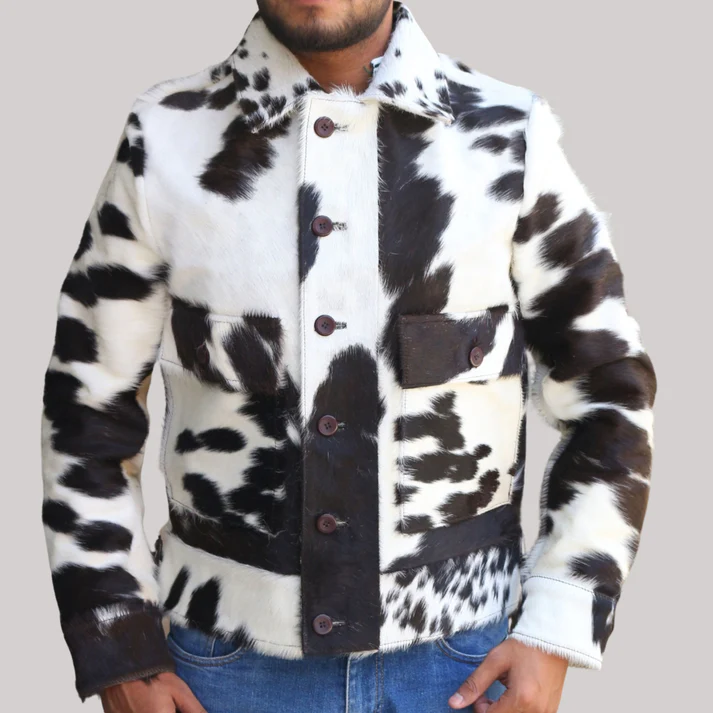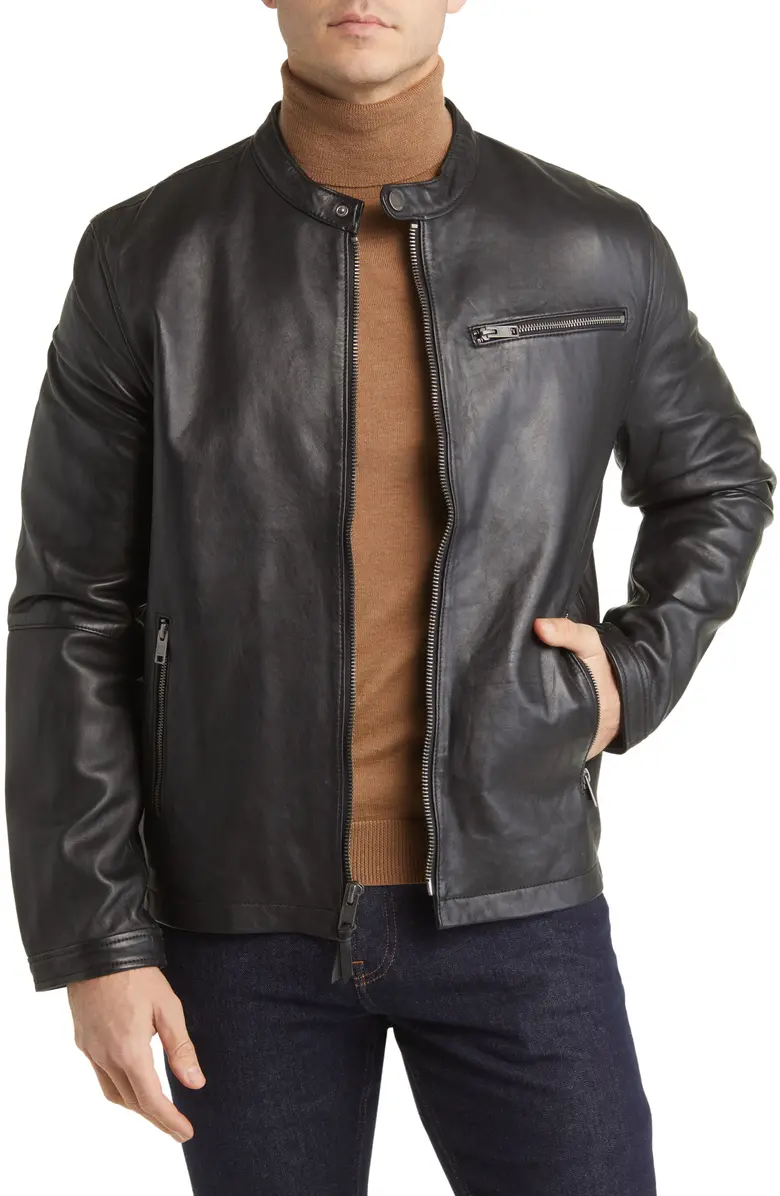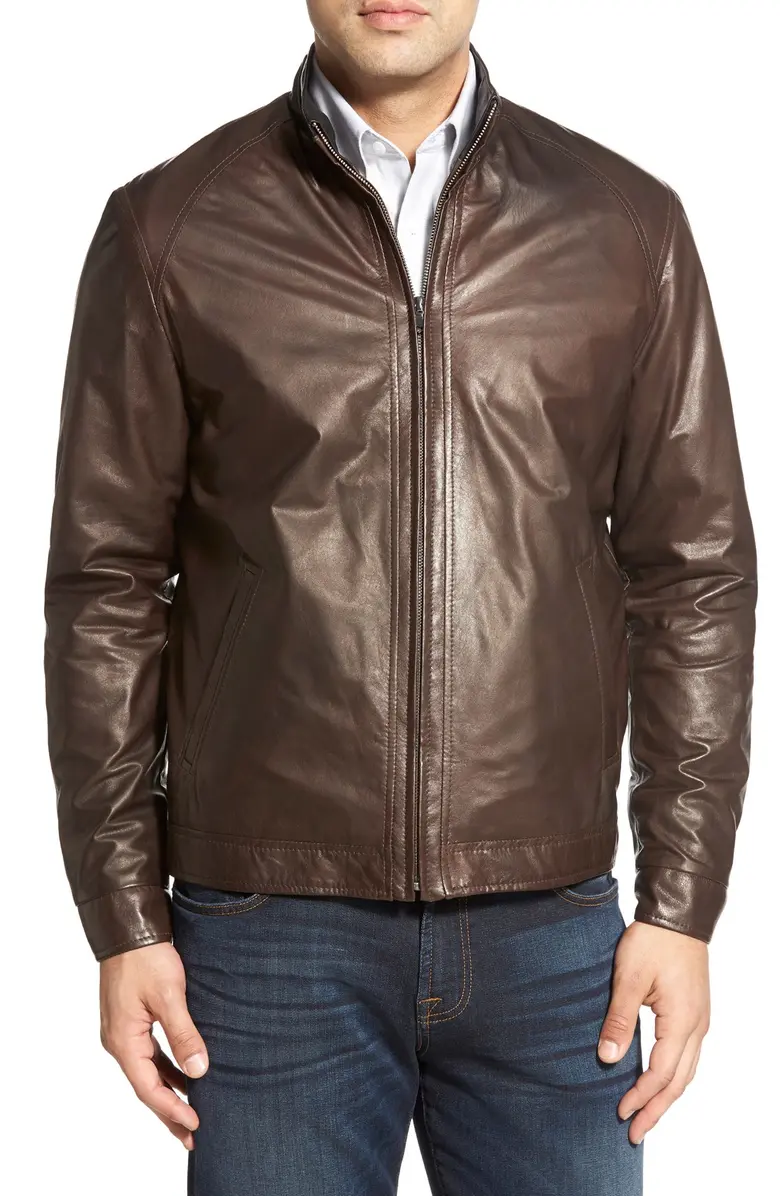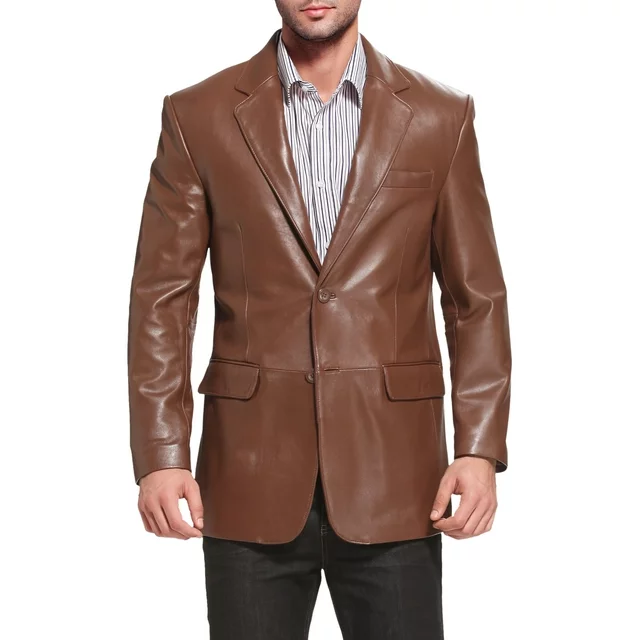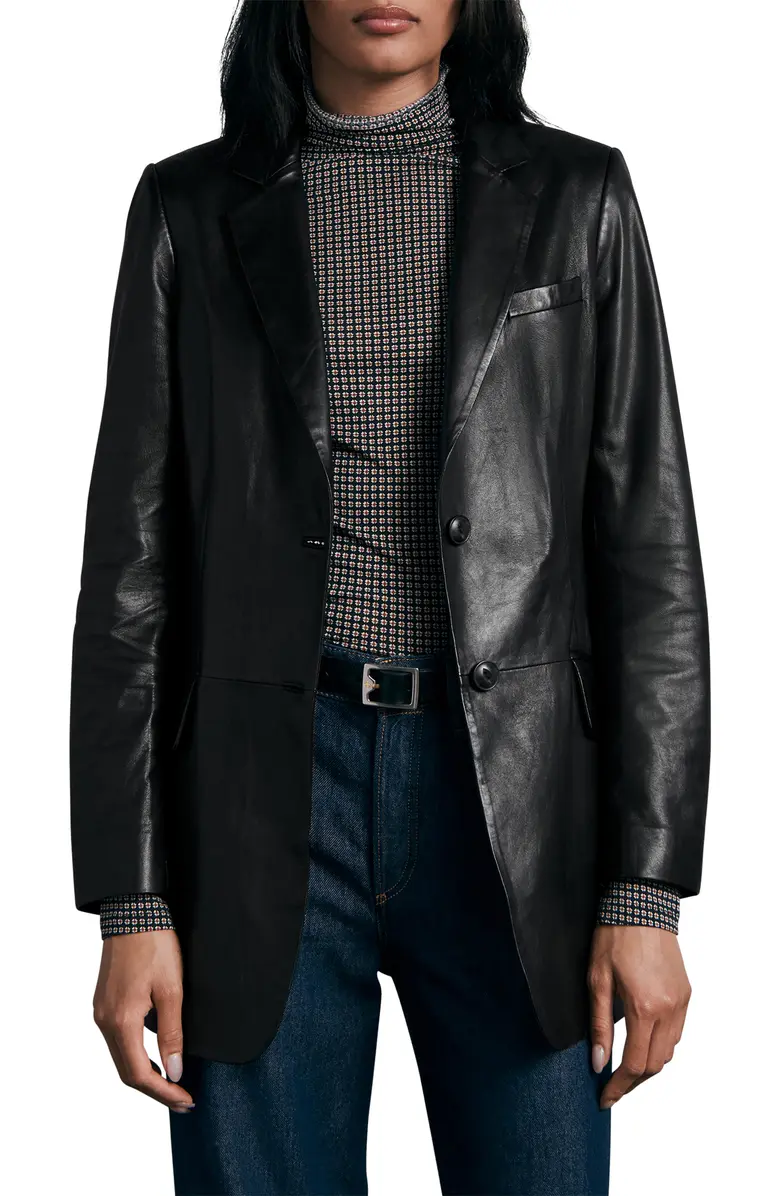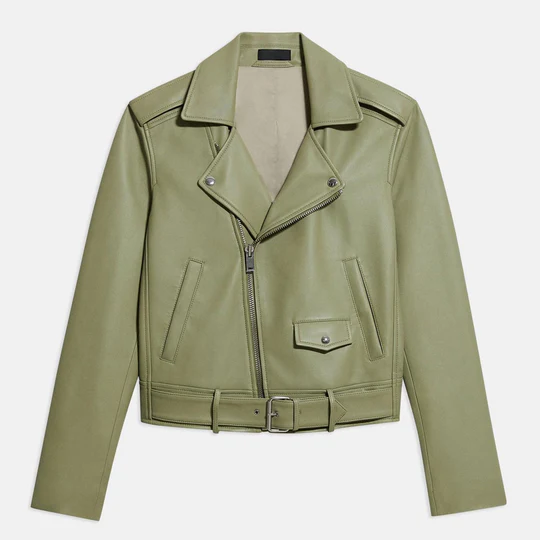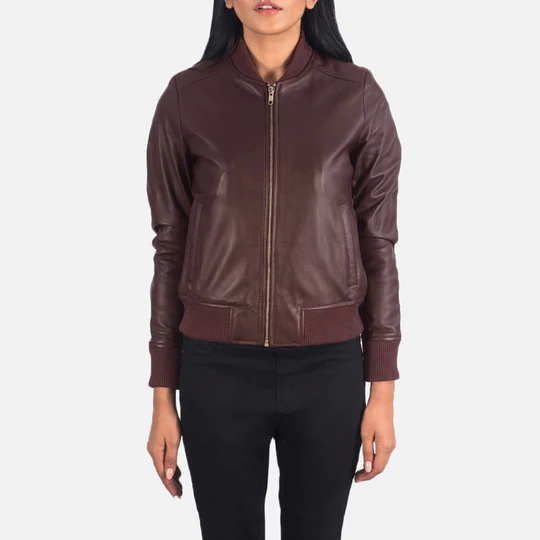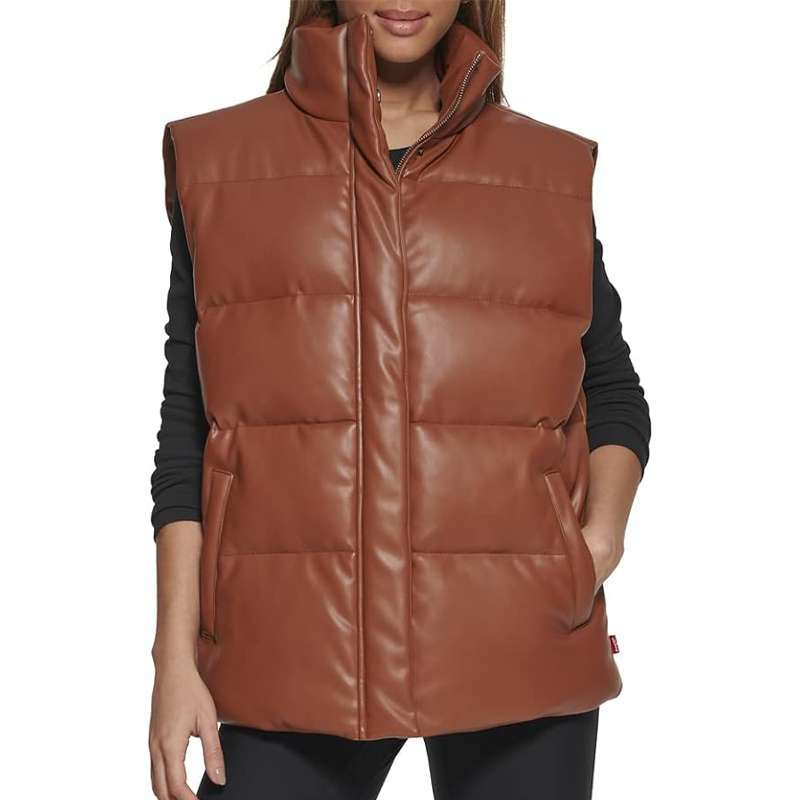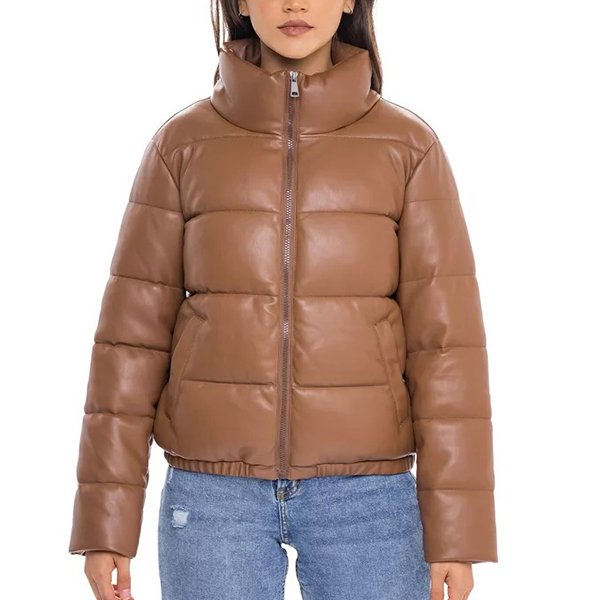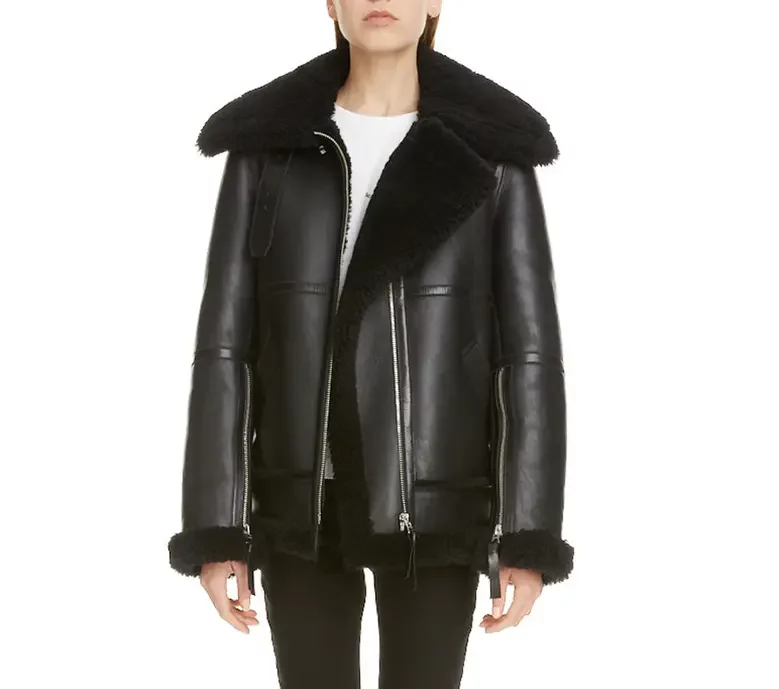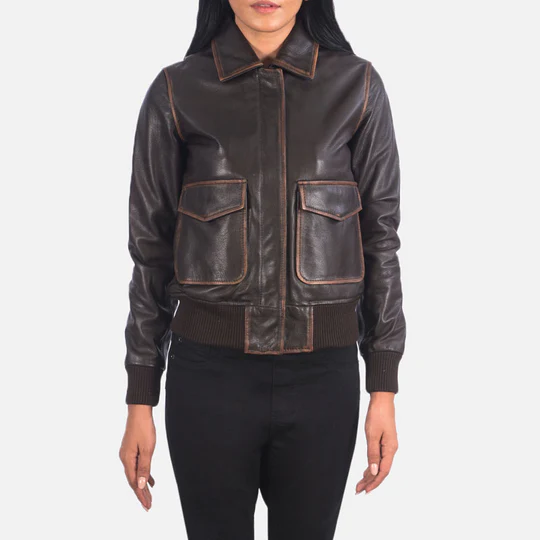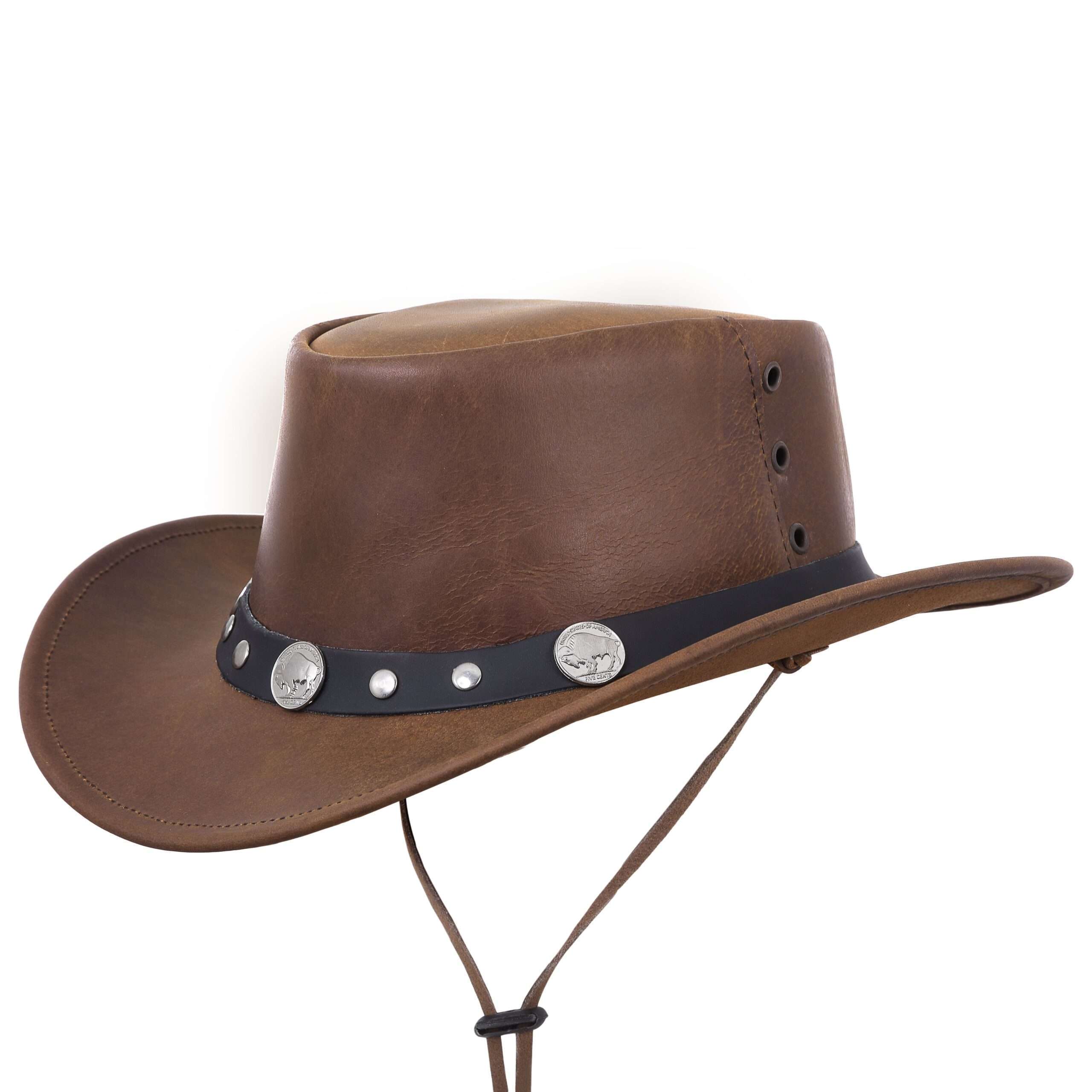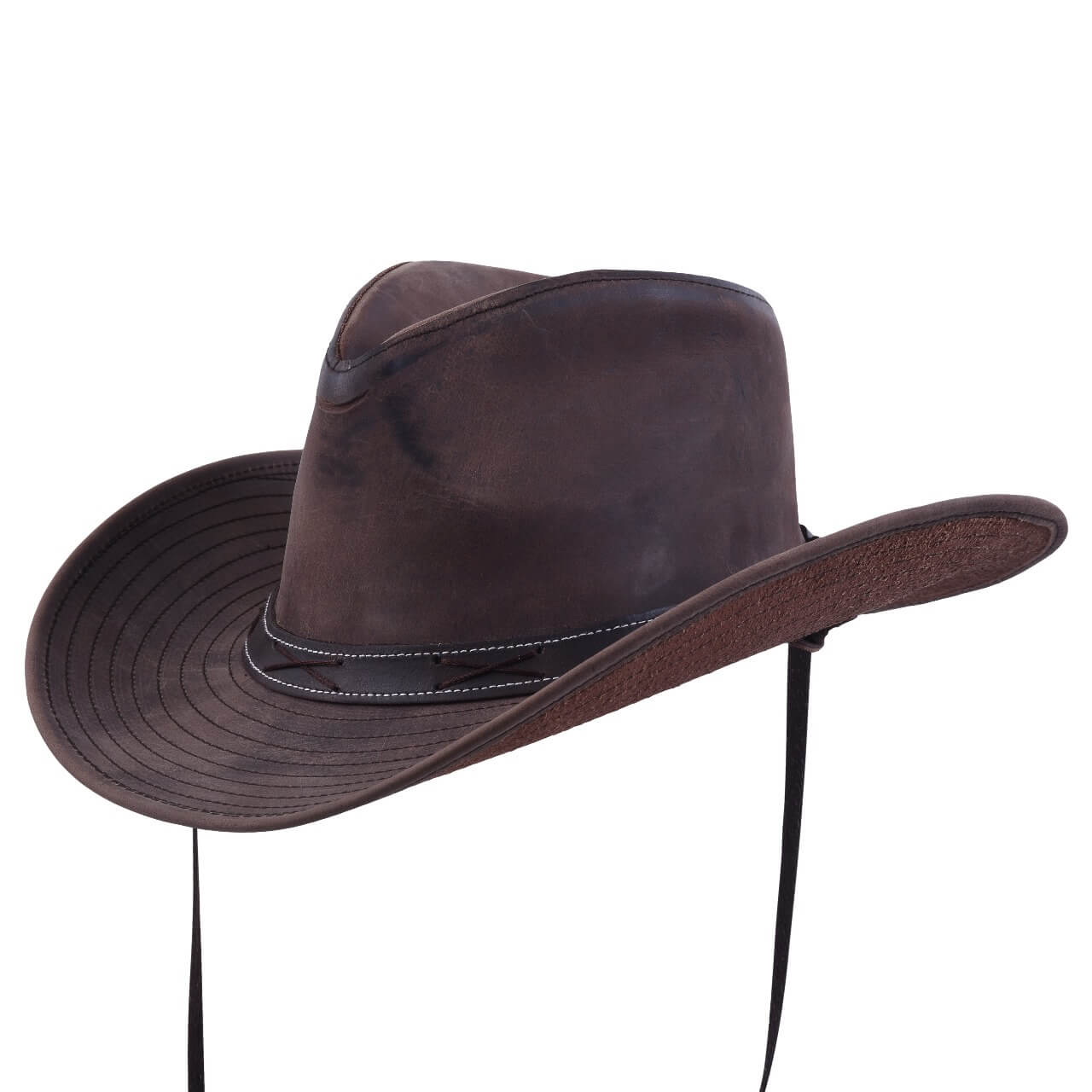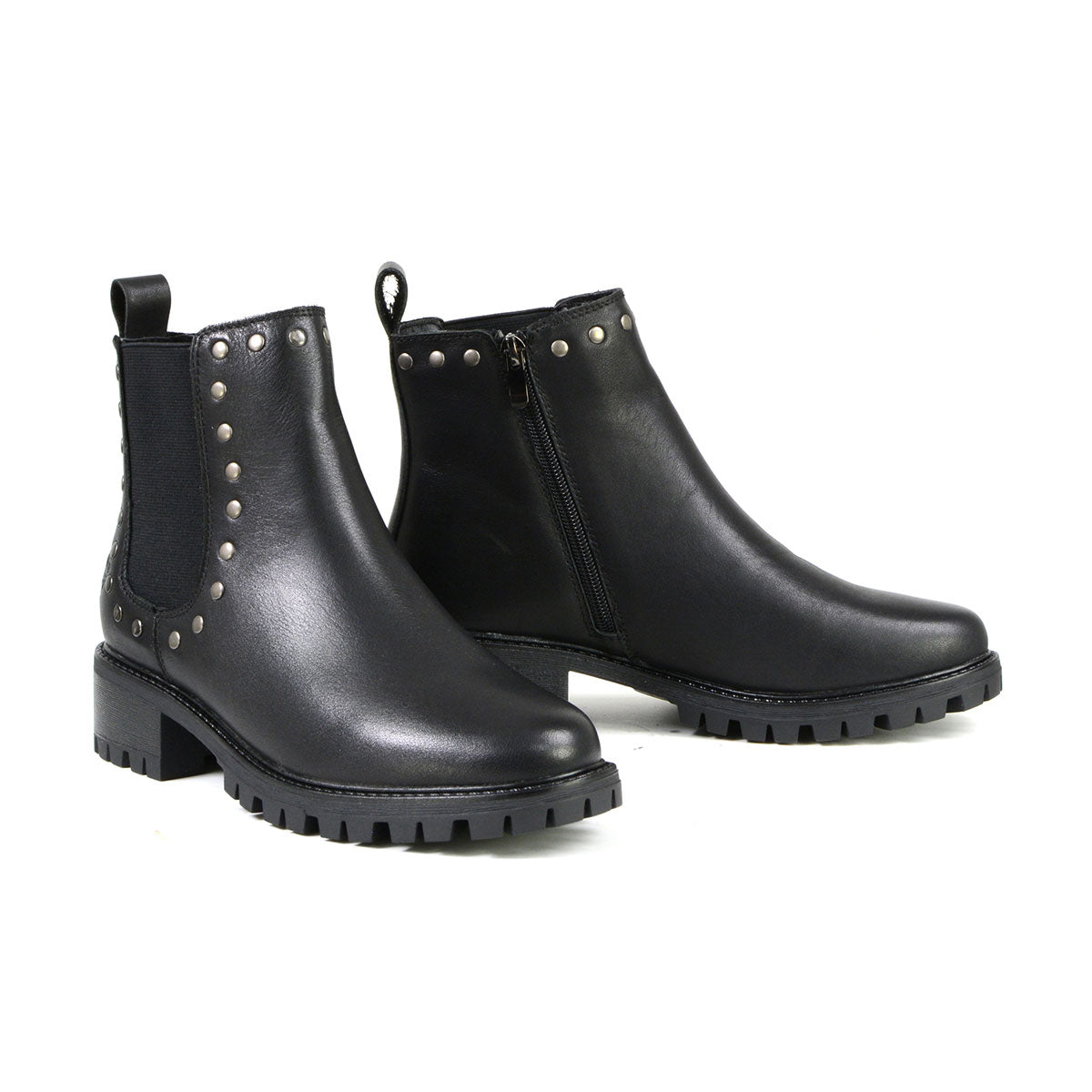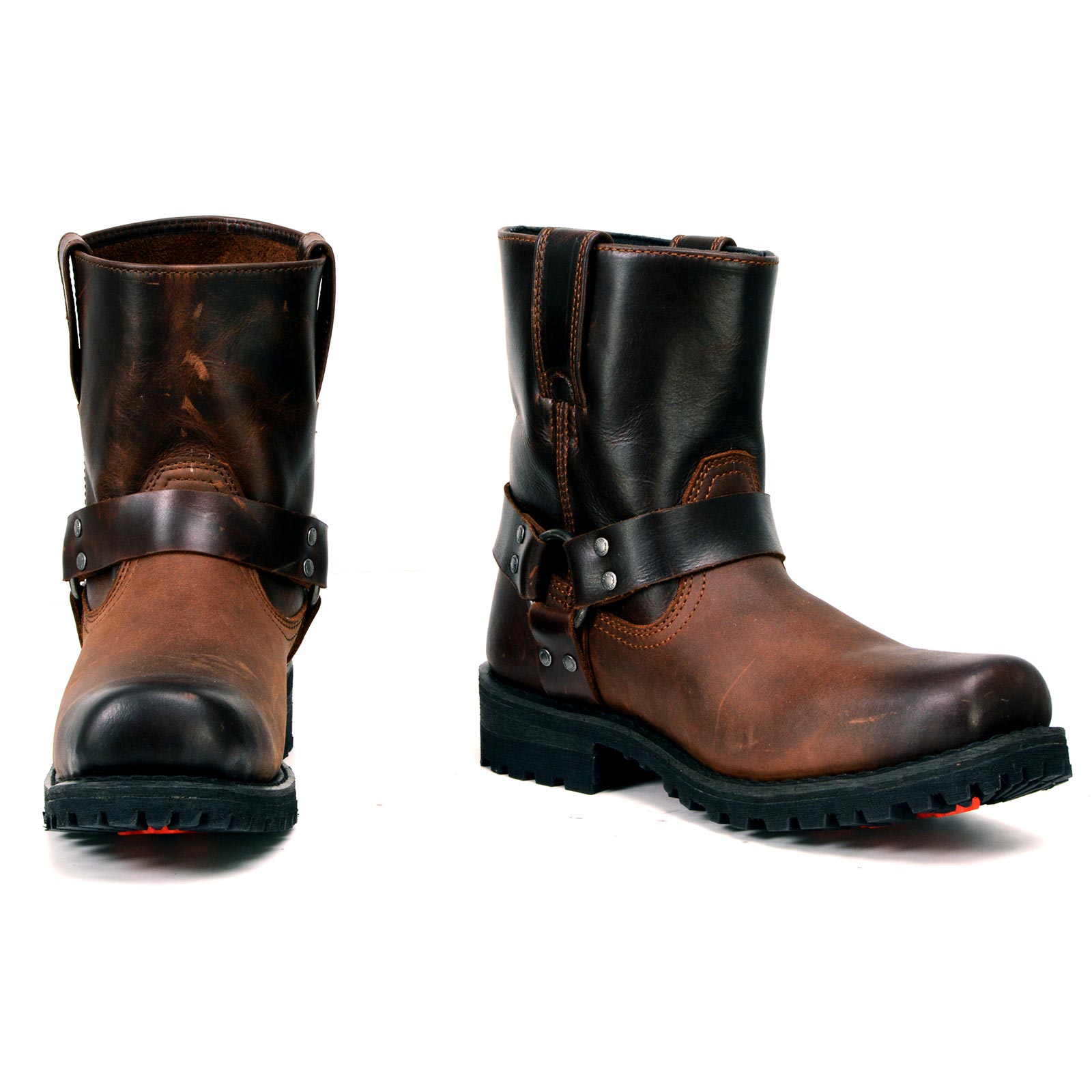Mink Sherpa fabric has become an essential material in modern textiles, known for its luxurious feel and versatility. This guide provides a detailed exploration of Mink Sherpa, its characteristics, origins, and uses, helping you understand why it has become so popular in various industries. From its unique texture to its evolving role in fashion and home goods, Mink Sherpa offers a luxurious, soft, and durable alternative to traditional Sherpa.
What is Mink Sherpa?
Basic Characteristics
Mink Sherpa is a type of synthetic fabric created to replicate the softness and warmth of natural wool, providing a luxurious feel without using animal products. Unlike traditional Sherpa, Mink Sherpa offers a denser, velvety texture and appearance, resembling mink fur, which contributes to its high-end appeal. It’s commonly used in blankets, coats, and other cold-weather accessories, as it provides superior warmth while being lightweight and easy to care for.
- Texture: Smooth and plush, with a slight sheen.
- Weight: Lightweight yet dense, offering substantial warmth.
- Appearance: Luxurious and velvety, similar to natural mink fur.
The Origin of Mink Sherpa Fabric
Historical Background and Development
The creation of synthetic fibers in the 20th century led to innovations in fabric technology, including Mink Sherpa. Originally, Sherpa fabrics were designed to mimic the texture and warmth of sheepskin. However, as fashion and textile technology evolved, Mink Sherpa was developed to offer a more refined, luxurious alternative with an eco-friendly profile, responding to growing demand for sustainable and cruelty-free fabrics.
Introduction of Mink Sherpa into the Textile Industry
Mink Sherpa gained popularity in the late 20th century, with designers seeking high-quality, warm materials that offered versatility and durability. It was soon adopted for a variety of products, including blankets, coats, and home accessories, due to its ability to provide warmth while remaining lightweight and soft. This versatility has made Mink Sherpa a favorite in cold-weather fashion and home décor, where luxury and practicality meet.
Production Process of Mink Sherpa
How is Mink Sherpa Made?
The production of Mink Sherpa involves specialized techniques that give it its characteristic softness, warmth, and luxurious feel. Unlike other synthetic fabrics, the unique texture of Mink Sherpa requires advanced manufacturing processes, combining techniques like knitting and brushing to create its signature plushness.
Fabric Production Techniques
Overview of Knitting and Brushing Processes
- Knitting: The production of Mink Sherpa begins with knitting. Synthetic fibers, usually polyester, are knitted into a dense, thick fabric. The knitting process for Mink Sherpa involves creating a specific pattern that provides durability and flexibility while giving the fabric a soft structure.
- Brushing: After knitting, the fabric undergoes a brushing process to create the velvety surface. Specialized brushes are used to tease out the fibers, making the fabric incredibly soft to the touch. This technique also enhances the thickness and insulation properties, contributing to Mink Sherpa’s warmth.
Key Steps in Creating Mink Sherpa’s Unique Texture
The texture of Mink Sherpa is achieved through a precise combination of fiber selection, knitting, and extensive brushing:
- Fiber Selection: High-quality synthetic fibers like polyester are chosen for their resilience, softness, and ease of maintenance.
- Brushing Intensity: Multiple rounds of brushing enhance the plush texture, ensuring it maintains its softness over time.
- Heat Treatment: The fabric is often treated with heat to stabilize its structure, increasing durability and reducing shedding.
Sourcing Materials for Mink Sherpa
Natural vs. Synthetic Sources
Mink Sherpa primarily relies on synthetic materials, particularly polyester, which provides a sustainable and vegan-friendly alternative to natural fur or wool. Some manufacturers may blend synthetic fibers with small percentages of natural fibers like cotton to increase comfort and breathability, although pure synthetic blends are more common due to their cost-effectiveness and ease of production.
Eco-Friendly Material Considerations
With rising consumer demand for sustainability, many producers are now considering eco-friendly methods for sourcing synthetic fibers. Recycled polyester, for example, has gained popularity as it reduces waste and minimizes environmental impact. Some companies are also exploring bio-based polyester alternatives, which use renewable resources rather than petroleum-derived materials, offering a more sustainable approach.
Innovations in Mink Sherpa Production
Technological Advancements for Better Quality
Advances in textile technology have improved the quality and consistency of Mink Sherpa production. High-speed knitting machines and precision brushing equipment allow for mass production of uniform, high-quality fabrics. Additionally, digital dyeing technology helps manufacturers achieve a wide range of colors and patterns while minimizing water waste and energy consumption.
Sustainability Practices in Mink Sherpa Manufacturing
To address environmental concerns, many Mink Sherpa manufacturers are adopting sustainable practices, such as:
- Recycled Fibers: Using recycled polyester or other eco-friendly synthetic materials to reduce the need for virgin fibers.
- Water-Efficient Dyeing: Employing dyeing methods that use less water and fewer chemicals, which is crucial in textile production.
- Energy-Efficient Production: Utilizing energy-efficient machinery to lower carbon emissions and improve resource efficiency.
Types of Mink Sherpa and Their Uses
Mink Sherpa comes in a variety of textures, thicknesses, and colors, making it a versatile choice for different applications. From lightweight apparel to heavy-duty upholstery, the options allow consumers and designers to choose the right fabric for their needs.
Varieties of Mink Sherpa
Different Types by Texture and Thickness
- Lightweight Mink Sherpa: Thinner and more breathable, ideal for layering in garments or as lining material in accessories.
- Medium-Weight Mink Sherpa: Provides moderate warmth and is commonly used in blankets, jackets, and other products that require both insulation and flexibility.
- Heavy-Weight Mink Sherpa: The thickest option, offering maximum warmth and durability, perfect for outerwear and home decor items like throws and pillows.
Smooth vs. Textured Mink Sherpa
- Smooth Mink Sherpa: Features a soft, velvety surface that is sleek and luxurious, often used in blankets and high-end apparel.
- Textured Mink Sherpa: This variant has a more tactile feel, which can add visual interest and depth. It’s frequently used in jackets, bags, and other items where durability is prioritized.
Color Variations and Patterns Available
Mink Sherpa fabrics are available in a wide range of colors, prints, and patterns. The versatility in dyeing allows for solid colors, multicolor prints, and custom designs.
Dyeing Processes Used for Mink Sherpa Fabrics
- Traditional Dyeing: Uses synthetic dyes to achieve vibrant, consistent colors.
- Digital Printing: Allows for detailed patterns and prints, enabling customization and a broader color range.
- Eco-Friendly Dyeing: Increasingly, eco-friendly dyes are being used to reduce environmental impact, achieving beautiful colors without toxic chemicals.
Common Applications of Mink Sherpa
Fashion and Apparel Uses
Mink Sherpa’s lightweight yet warm properties make it popular in fashion, especially in colder seasons.
Outerwear
- Jackets and Coats: Mink Sherpa is ideal for sherpa leather jackets and sherpa coats, offering warmth and a luxurious feel.
- Hats and Scarves: The soft, insulating properties make it suitable for winter accessories, providing warmth without adding excessive weight.
Accessories
- Gloves and Bags: Mink Sherpa’s durability and texture make it suitable for gloves and bags, adding a plush, stylish look while retaining functionality.
Home and Interior Décor Uses
Mink Sherpa has become increasingly popular in home décor due to its soft texture and warmth, enhancing the comfort and aesthetic of living spaces.
Blankets, Throws, and Pillows
The softness and warmth of Mink Sherpa make it an ideal material for blankets, throws, and pillows. These items add a cozy touch to interiors, offering warmth and style in living rooms, bedrooms, and lounges.
Upholstery and Furniture Applications
- Furniture Upholstery: Mink Sherpa can be used to upholster chairs and ottomans, adding a luxurious and warm touch.
- Decorative Pillows and Covers: Decorative accents made from Mink Sherpa bring both texture and warmth, perfect for seasonal décor or year-round comfort.
Mink Sherpa vs. Other Fabrics
Mink Sherpa is a luxurious, soft fabric with many unique qualities. However, its value becomes even clearer when compared to similar fabrics. Here’s how it stacks up against traditional Sherpa, fleece, and wool.
Comparing Mink Sherpa with Similar Fabrics
Mink Sherpa vs. Traditional Sherpa
Mink Sherpa and traditional Sherpa share certain characteristics but differ in key areas.
- Texture: Mink Sherpa has a smoother, velvety texture, while traditional Sherpa is coarser and more rugged. The brushed finish on Mink Sherpa provides a plush feel and a slight sheen, enhancing its visual appeal.
- Warmth: Both fabrics provide warmth, but Mink Sherpa offers a lighter option that’s still insulating, making it more versatile for layering without added bulk.
- Appearance: Mink Sherpa has a luxurious look that resembles mink fur, while traditional Sherpa mimics sheep’s wool, giving it a more natural, rustic appearance.
Mink Sherpa vs. Fleece
Fleece and Mink Sherpa are both synthetic, but they vary significantly in performance and aesthetics.
- Durability: Mink Sherpa is generally more durable than standard fleece, as it resists pilling better with proper care. However, fleece tends to withstand frequent washing better.
- Softness: Mink Sherpa has a softer and more luxurious feel than traditional fleece, making it a preferred choice for products where texture is essential, like blankets and outerwear.
- Price: Mink Sherpa can be more expensive due to its manufacturing process and premium feel. Fleece is typically more affordable, making it popular for casual and utility garments.
Mink Sherpa vs. Wool
Wool and Mink Sherpa are both known for their warmth, but they come with unique benefits and drawbacks.
- Warmth: Wool provides excellent insulation, especially in colder climates, but Mink Sherpa offers a close alternative for those who prefer synthetic, cruelty-free fabrics.
- Maintenance: Mink Sherpa is easier to care for than wool, which often requires hand-washing or special detergents. Wool can also shrink if not washed properly, while Mink Sherpa is more forgiving.
- Suitability for Cold Climates: Wool remains a top choice for extreme cold due to its natural warmth and breathability. Mink Sherpa works well in milder cold conditions, especially when layering is preferred for versatile warmth.
Pros and Cons of Mink Sherpa
Advantages of Mink Sherpa
- Softness and Aesthetic Appeal: Mink Sherpa’s smooth, plush texture and luxurious appearance make it highly desirable in fashion and home décor.
- Warmth: Despite its light weight, Mink Sherpa offers impressive warmth, making it ideal for cold weather items like jackets, blankets, and throws.
- Durability: Synthetic fibers provide resilience, making Mink Sherpa resistant to fading and generally easy to care for.
- Ease of Care: Mink Sherpa can often be machine washed, making it a low-maintenance alternative to natural fabrics like wool.
Drawbacks of Mink Sherpa
- Pilling and Shedding: Mink Sherpa, like many synthetic fabrics, can experience pilling and shedding over time, especially with frequent washing.
- Environmental Impact: Mink Sherpa is typically made from polyester, a petroleum-based material, which has a higher environmental footprint compared to natural fibers. However, some manufacturers are exploring recycled polyester to mitigate this impact.
Caring for Mink Sherpa
Proper care ensures that Mink Sherpa retains its softness and appearance over time. With a few tips, you can keep your Mink Sherpa items looking fresh and feeling cozy for years.
Cleaning and Maintenance Tips
Washing and Drying Mink Sherpa
- Machine-Washing: For most Mink Sherpa items, gentle machine washing on a cold setting is recommended. Use mild detergents and avoid bleach or harsh chemicals, as they can damage the fabric’s texture.
- Air-Drying vs. Machine Drying: Air-drying is generally the best option for preserving the softness of Mink Sherpa. If you prefer to use a dryer, choose a low or no-heat setting to avoid damaging the fibers or causing shrinkage.
Stain Removal and Spot Cleaning
- Removing Stains: For common stains, gently blot the affected area with a mild detergent mixed with cold water. Avoid rubbing, as this can damage the fabric’s fibers and create rough patches.
- Avoiding Harsh Chemicals: Avoid bleach and fabric softeners, as these products can degrade the fabric and lead to loss of softness over time.
Preventing Pilling and Shedding
Techniques to Extend the Fabric’s Life
- Washing Inside-Out: Turning Mink Sherpa items inside-out before washing reduces friction on the fabric’s surface, helping to prevent pilling and shedding.
- Using a Fabric Shaver: A fabric shaver can help remove pills that develop over time, keeping the fabric looking smooth and fresh.
Best Practices for Storing Mink Sherpa Items
Store Mink Sherpa items in a cool, dry place away from direct sunlight, which can fade colors and damage fibers. When storing blankets or garments long-term, consider using breathable storage bags to protect against dust and moisture while allowing airflow.
Sustainability and Ethical Considerations of Mink Sherpa
As consumers become more environmentally and ethically conscious, the textile industry faces increasing scrutiny over the production practices of synthetic fabrics like Mink Sherpa. Understanding the environmental impact and ethical considerations surrounding Mink Sherpa can guide both manufacturers and consumers toward more sustainable choices.
Environmental Impact of Mink Sherpa
Raw Material Sourcing
Concerns About Synthetic Fibers and Plastic Waste
Mink Sherpa is typically made from polyester, a synthetic fiber derived from petroleum. Producing polyester involves energy-intensive processes and relies on fossil fuels, contributing to greenhouse gas emissions. Additionally, synthetic fibers contribute to plastic waste, as they don’t biodegrade and can shed microplastics, which enter ecosystems and impact marine life.
Options for Recycled Materials in Mink Sherpa
Many manufacturers are addressing these concerns by opting for recycled polyester, which uses post-consumer plastic waste like water bottles as raw material. By recycling plastic waste, these products help reduce the need for new plastic and lower the environmental impact of Mink Sherpa. Recycled polyester offers similar qualities to virgin polyester, making it a viable and sustainable option for producing Mink Sherpa.
Sustainable Alternatives to Traditional Mink Sherpa
Organic Cotton Sherpa, Bamboo Blends, and More
For those seeking eco-friendly alternatives to synthetic Mink Sherpa, several natural fiber options are available:
- Organic Cotton Sherpa: Made from organic cotton, this Sherpa alternative provides a soft, warm texture similar to traditional Mink Sherpa without synthetic fibers. Organic cotton is grown without harmful pesticides and requires less water than conventional cotton, reducing environmental impact.
- Bamboo Blends: Bamboo fibers blended with other sustainable materials offer a softer, more breathable Sherpa fabric. Bamboo is a renewable resource that grows quickly without needing extensive pesticides, making it a sustainable choice.
- Hemp and Wool Blends: Hemp is another highly sustainable crop, often combined with wool or organic cotton to create eco-friendly Sherpa alternatives that mimic the warmth and texture of Mink Sherpa.
Brands Focusing on Eco-Friendly Sherpa Production
Several brands now prioritize eco-friendly materials in their products, integrating recycled polyester or natural fiber blends in their Sherpa offerings. They may also use sustainable dyeing methods and water-efficient production processes to further reduce their environmental impact. These brands often highlight their environmental commitments, providing transparency on their sustainability practices.
Ethical Concerns in Production
Labor Practices in Mink Sherpa Manufacturing
The ethical implications of Mink Sherpa production extend beyond environmental impact. The textile industry, including the manufacturing of Mink Sherpa, has faced scrutiny regarding labor practices, particularly in countries where labor regulations may not be strictly enforced. Issues such as low wages, long working hours, and poor working conditions are common challenges.
Industry Standards for Ethical Production
To address labor concerns, many textile manufacturers are adopting industry standards for ethical production, such as fair labor certifications. Programs like Fair Trade and B Corp provide guidelines for ensuring fair wages, safe working conditions, and humane treatment of workers. These certifications also promote transparency, helping consumers make informed choices.
Brands Committed to Ethical Labor Practices
Brands that prioritize ethical labor practices often showcase certifications or partnerships with organizations that audit and verify ethical compliance. By supporting brands with such certifications, consumers contribute to fair labor standards and encourage industry-wide improvements.
Conclusion
Mink Sherpa is a versatile, luxurious fabric that combines softness, warmth, and style, making it a popular choice in fashion and home décor. Its plush feel and easy maintenance appeal to consumers seeking both comfort and durability. While it has some environmental and ethical considerations, including its reliance on synthetic fibers, eco-conscious options like recycled polyester and natural fiber blends are increasingly available. By choosing high-quality Mink Sherpa products and caring for them properly, you can enjoy the fabric’s cozy benefits for years to come.
FAQ
What is the difference between Mink Sherpa and regular Sherpa?
Mink Sherpa has a smoother, velvety texture with a luxurious sheen, whereas regular Sherpa has a coarser, wool-like texture. Mink Sherpa is often lighter and softer, making it more suitable for products where a plush feel is desired.
Is Mink Sherpa suitable for people with sensitive skin?
Yes, Mink Sherpa is typically made from hypoallergenic synthetic fibers, like polyester, which are gentle on sensitive skin. However, checking for any skin reactions is always advisable.
How can I tell if a Mink Sherpa product is high quality?
High-quality Mink Sherpa should feel soft, dense, and free of excessive shedding. Consistent color, minimal pilling, and a thick, well-brushed texture are other indicators of quality.
Can Mink Sherpa be used in warm climates?
While Mink Sherpa is primarily used for warmth, lightweight versions can be used in air-conditioned environments or as layering pieces in milder climates.
What are eco-friendly alternatives to Mink Sherpa?
Eco-friendly alternatives include organic cotton Sherpa, bamboo blends, and recycled polyester Sherpa. These options offer similar warmth and comfort with reduced environmental impact.
Is Mink Sherpa waterproof or water-resistant?
No, Mink Sherpa is not naturally waterproof or water-resistant. It can absorb moisture, which may impact its texture and warmth if exposed to wet conditions.
How long does Mink Sherpa typically last with proper care?
With proper care, including gentle washing and air drying, Mink Sherpa can last several years. High-quality Mink Sherpa is designed to be durable, retaining its softness and appearance over time.
